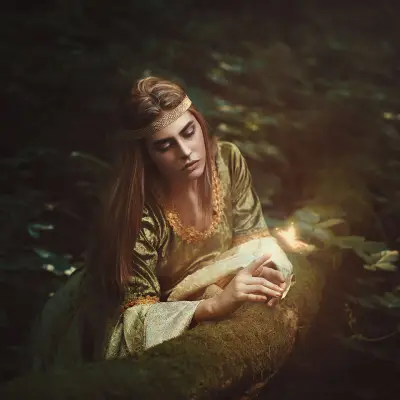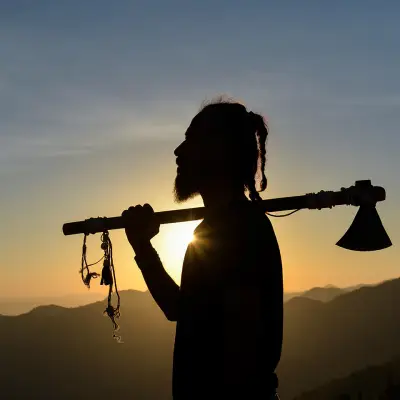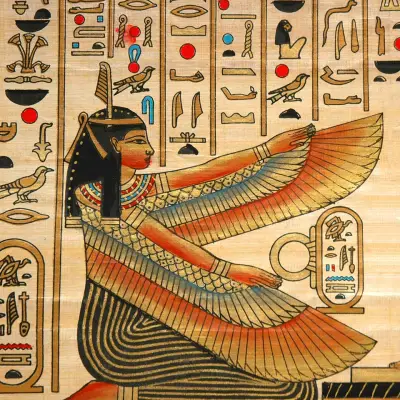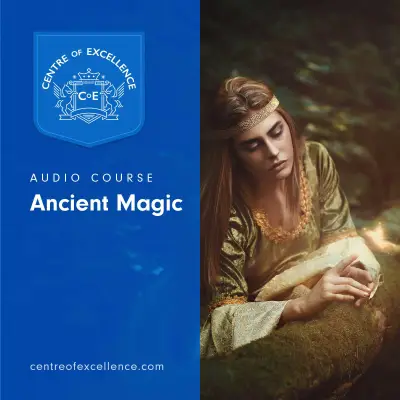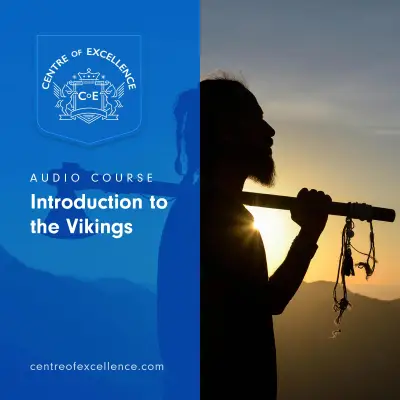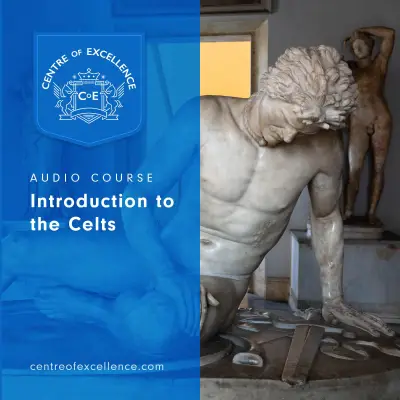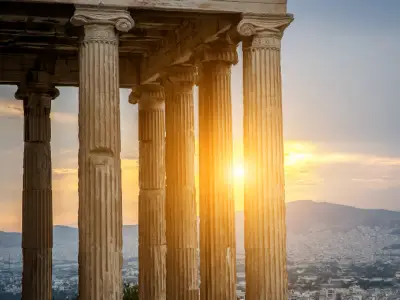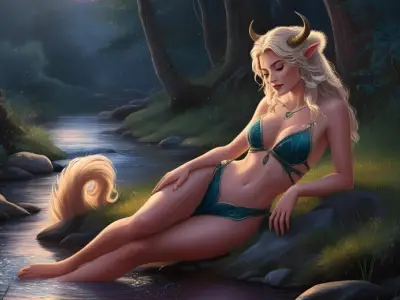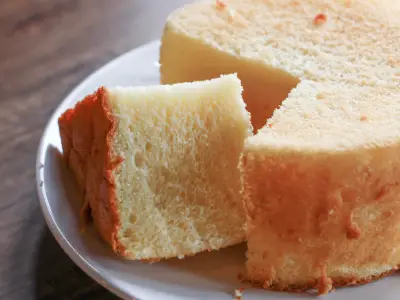If you’ve ever explored Norse mythology and found yourself intrigued by Odin—the wise, all-seeing god—you may have wondered about his origins. Who came before him? Who laid the foundations for the powerful gods of Asgard? This is where Borr, Odin’s father, steps into the story.
Though not as widely recognised as other gods, Borr is a key figure in Norse cosmology. He bridges the gap between the primal chaos of creation and the rise of the more familiar Norse gods. In this guide, you'll learn about Borr in Norse mythology, uncovering the stories, powers, and symbols linked to this early deity.
Jump to:
- Who Was Borr in Norse Mythology?
- Borr's Myths
- The Role of Borr in Norse Storytelling
- What Powers Did Borr Possess?
- Symbols Associated with Borr
- Borr's Lineage and Connections
- Why Is Borr Special?
- Borr in Modern Culture
- Borr's Worship and Legacy
- Frequently Asked Questions About Borr
- Study Norse Mythology for £29
Recommended for you!
Best SellersWho Was Borr in Norse Mythology?
Borr (sometimes spelled Bor) is best known as the father of Odin, and his role in the myths is deeply rooted in ancestry. According to Norse mythology, he was the son of Búri, the first god, who was brought into existence by the divine cow Audhumla licking a salty block of ice.
Borr’s union with Bestla, a jötunn (giantess), marked a turning point in the mythological timeline. From this union came three powerful sons: Odin, Vili, and Vé—gods who would go on to shape the cosmos. So while Borr might not be as active in mythological tales, his importance lies in his connection to those who reshaped the world.
Borr's Myths

There are few surviving stories that focus solely on Borr, but his role is essential. He appears in ancient texts such as the Prose Edda and the Poetic Edda, where he is mentioned as a key ancestral figure.
The most well-known part of Borr’s myth involves his marriage to Bestla and the birth of their sons. These sons would go on to slay Ymir, the primordial giant, and from Ymir’s body, create the world as we know it in Norse mythology. Without Borr, this act of creation wouldn't have been possible.
His story, although brief, is foundational. He serves as the link between the cosmos’s beginning and the emergence of the gods who shaped it.
The Role of Borr in Norse Storytelling
Borr doesn’t feature in battles or dramatic adventures, but he plays a powerful background role. In Norse storytelling, his purpose is to connect the earliest beings with the generation of gods that rule over the nine realms.
Through Borr, the myths show the transition from raw creation to divine order. His marriage to a giantess also reflects a common Norse theme: the blending of gods and giants. It’s a reminder that even those destined to become powerful gods owe part of their lineage to the chaotic forces of the universe.
What Powers Did Borr Possess?
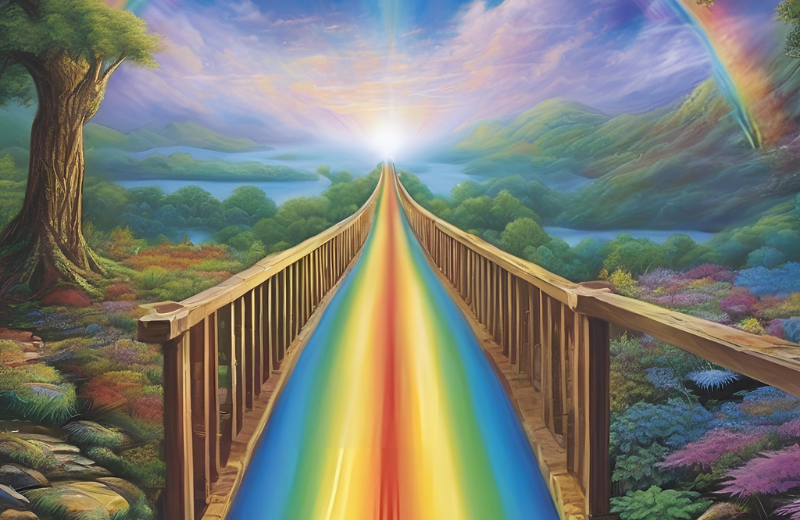
Borr’s powers may not be described in vivid detail in Norse myths, but his strength lies in his cosmic position and role within the divine lineage.
- Primordial Divine Essence: As the son of Búri—the first god—and the father of Odin, Borr is thought to have possessed a unique, primordial power. This wasn’t tied to control over the elements or warfare but was a more abstract, foundational energy present at the dawn of creation.
- Creator of Godly Legacy: While there are no records of Borr casting spells or engaging in heroic battles, his most extraordinary power may have been his ability to father the first generation of Aesir gods. Through this act, he shaped the course of Norse mythology, laying the groundwork for the stories and divine figures that followed.
- Bridge Between Realms: By marrying the giantess Bestla, Borr also united two powerful forces—gods and jötnar (giants). This union symbolised balance and interconnectedness, showcasing a power rooted in harmony and transition rather than domination.
Symbols Associated with Borr

Borr may not have left behind physical symbols like hammers or ravens, but the meaning behind his role is deeply symbolic and resonates with key mythological themes.
- Ancestral Knot or Spiral: Though not officially associated with any symbol, Borr can be linked conceptually to shapes like knots or spirals. These forms represent continuity, heritage, and connection across time—mirroring his function as the link between the first god and the divine figures who followed.
- Symbol of Lineage and Balance: Borr’s union with Bestla and the birth of Odin, Vili, and Vé symbolise the merging of different worlds—divine and giant. This balance is reflected in his symbolic presence as a stabilising and connective force in Norse mythology.
- Invisible Strength: Unlike many Norse gods with tools or animals that reflect their powers, Borr’s influence is more abstract. His “symbol,” in essence, is the continuation of divine power through generations—a quiet yet immense strength that shapes the mythological universe from behind the scenes.
Borr's Lineage and Connections
Borr’s importance is magnified by his place in the Norse family tree:
- He is the son of Búri, the very first god.
- He is the husband of Bestla, a giantess who comes from the ancient jötunn race.
- He is the father of Odin, Vili, and Vé, the trio responsible for shaping the world.
These connections make him a central figure in the early development of the cosmos. Through him, the divine and chaotic merge to give birth to a new generation of gods.
Why Is Borr Special?
While Borr doesn’t perform dramatic feats or rule over realms, his role is unique and deeply significant. His importance lies in his position in time and myth, not in his individual exploits. He’s special because he anchors the Norse gods to their origins; without him, the familiar figures of Norse mythology wouldn’t exist.
Borr in Modern Culture
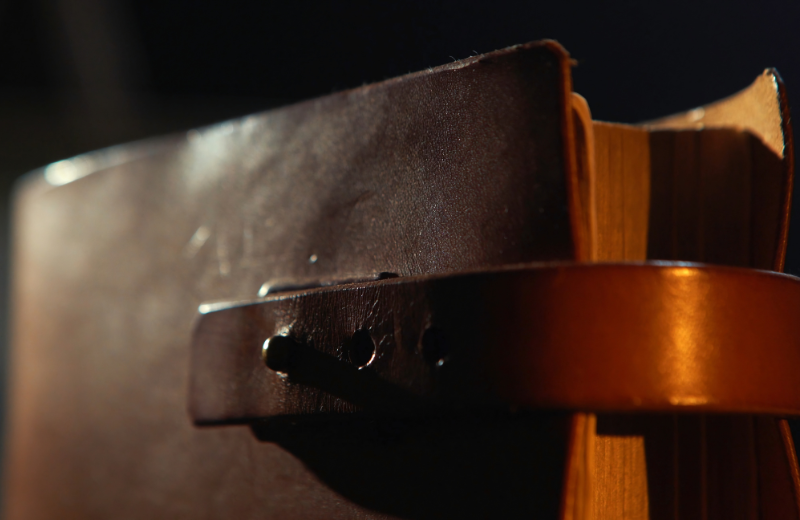
Borr doesn’t often appear in films, games, or TV series, but that may change as interest in Norse mythology continues to grow.
In Neil Gaiman’s Norse Mythology and Kevin Crossley-Holland’s The Norse Myths, Borr is briefly mentioned as the father of Odin, offering essential context to the divine family tree.
In the video game God of War: Ragnarök, while not a featured character, Borr is acknowledged within the lore, enriching the backstory of the Norse gods.
He’s also referenced in mythologically inspired tabletop games like Dungeons & Dragons, particularly in homebrew campaigns that explore the creation of the cosmos.
Borr's Worship and Legacy
There’s no historical evidence that Borr had temples or a dedicated following. Unlike gods such as Thor or Freyr, who were worshipped for specific needs, Borr likely served more as a mythological ancestor than a god to pray to.
His legacy, however, is powerful. He forms the foundation of the divine bloodline, and through him, the Norse cosmos takes shape. He reminds us that even the greatest gods have beginnings, and those beginnings matter.
Recommended for you!
Best SellersFrequently Asked Questions About Borr
What does the name Borr mean?
The exact meaning isn’t entirely clear, but many believe it comes from Old Norse roots that relate to “born” or “son.” This interpretation fits well with Borr’s position as both the offspring of the first god, Búri, and the progenitor of Odin and his brothers.
What happened to Bor in Norse mythology?
After fathering Odin, Vili, and Vé, Borr fades from the known myths. He doesn’t appear in later stories or play a role in major mythological events like Ragnarok, suggesting that his presence was most important during the earliest phase of creation.
What was Borr god of?
Borr wasn’t the god of a particular domain, like thunder or love. Instead, he symbolised divine continuity, ancestry, and the vital passage of power from one generation to the next in the Norse cosmological order.
Was Bor stronger than Odin?
There’s no comparison made in the myths, but while Odin’s strength lies in wisdom, runic magic, and leadership, Borr’s power is more foundational and cosmic. He represents the raw divine force that existed before the structured pantheon fully formed.
Why is Borr not more well-known?
Borr doesn’t have many surviving stories or active roles in myths, which is likely why he isn’t as well-known as other gods. His influence is more symbolic and foundational, making him essential but not often featured in dramatic tales.
Did Borr have any siblings?
The ancient texts don’t mention any siblings for Borr, and he is usually described as the sole son of Búri. This could mean he was either an only child or that any siblings he may have had were not considered significant to the mythological narrative.
Study Norse Mythology for £29
Norse mythology is full of fascinating gods, legends, and deeper meanings waiting to be explored. If you’re fascinated by Borr and Norse mythology, why not take your knowledge further? At Centre of Excellence, you can enrol in the Norse Mythology Diploma Course for just £29! Learn about the gods, myths, and legends in greater depth and explore the rich history of the Vikings.


